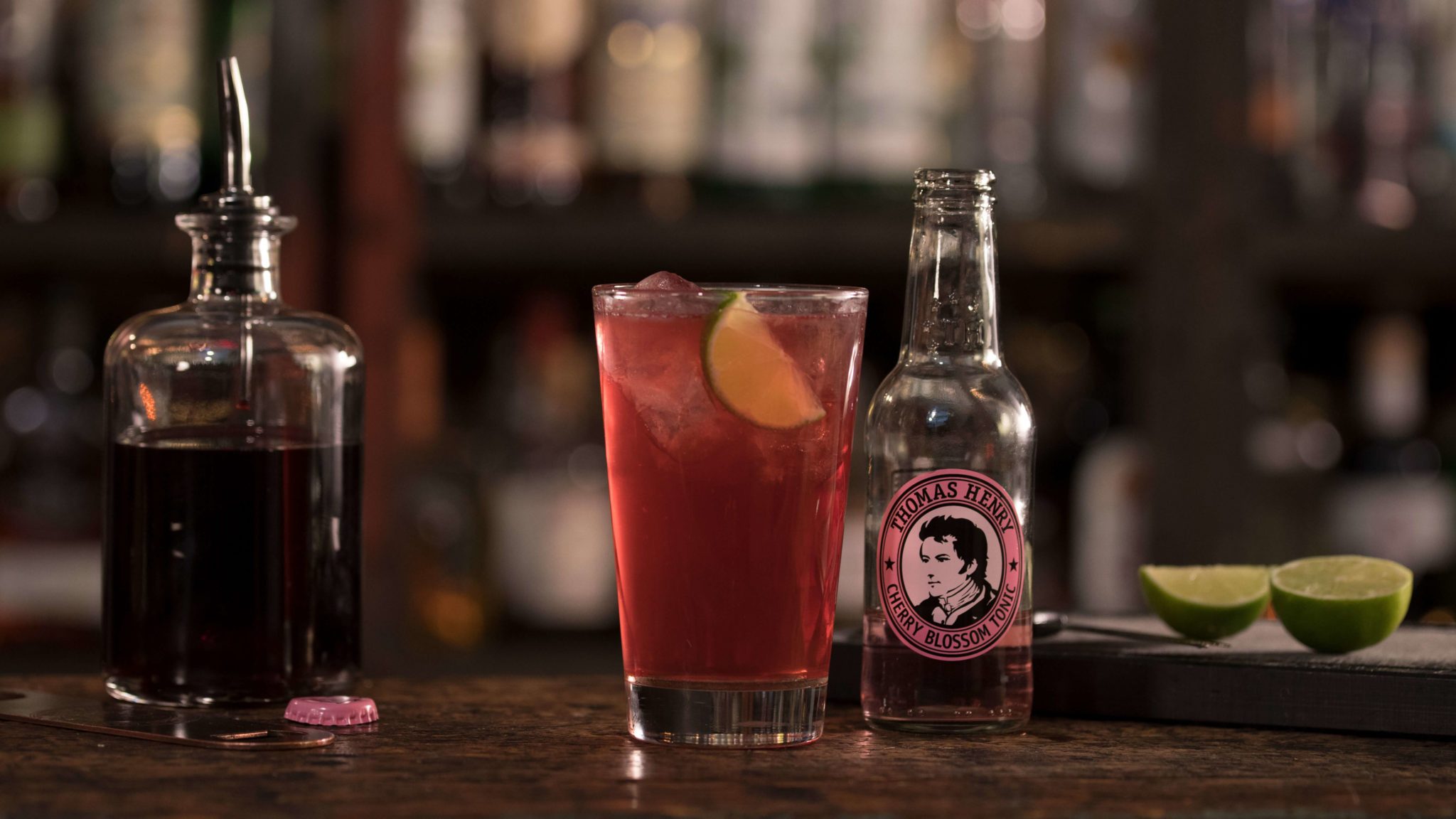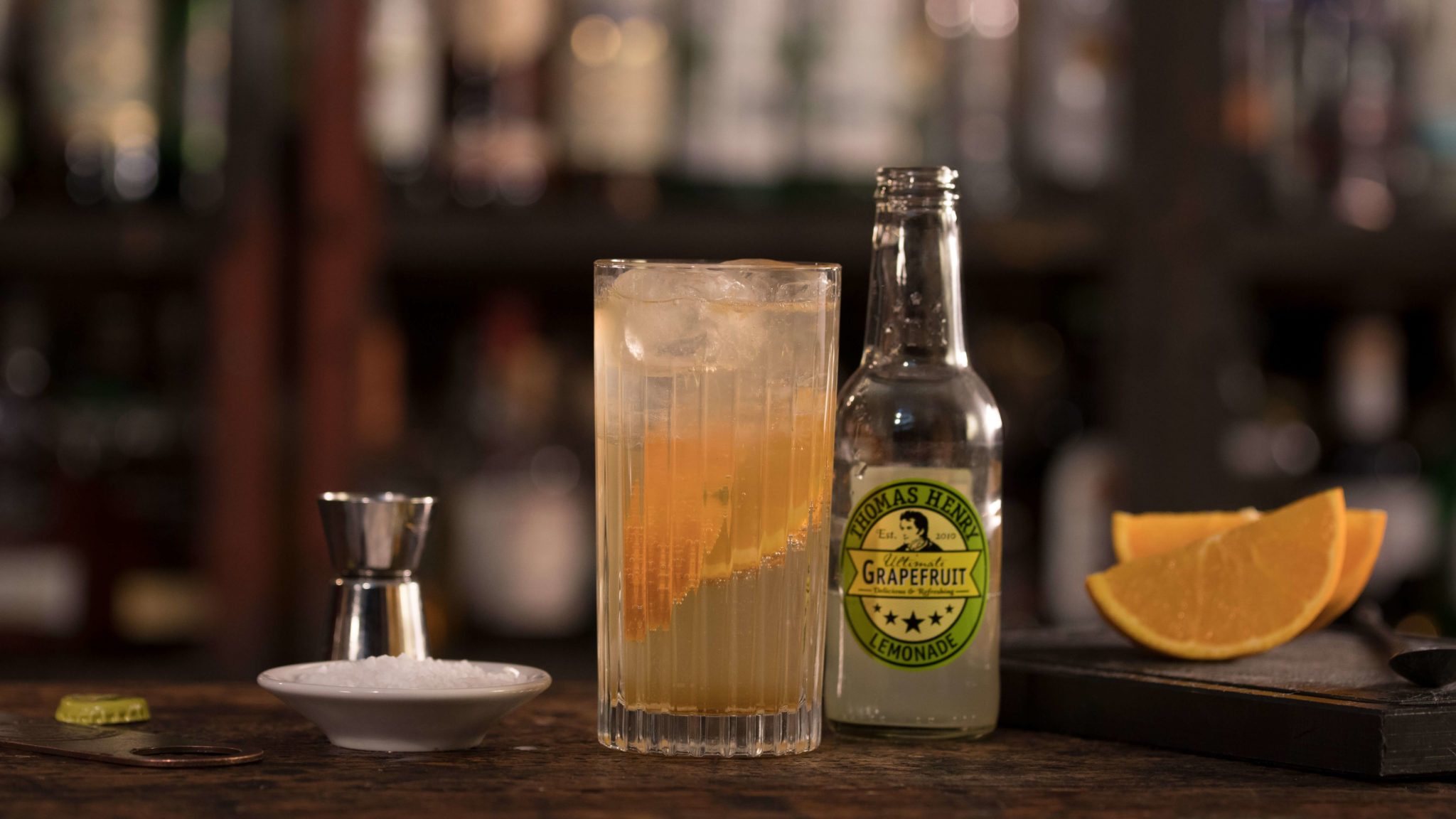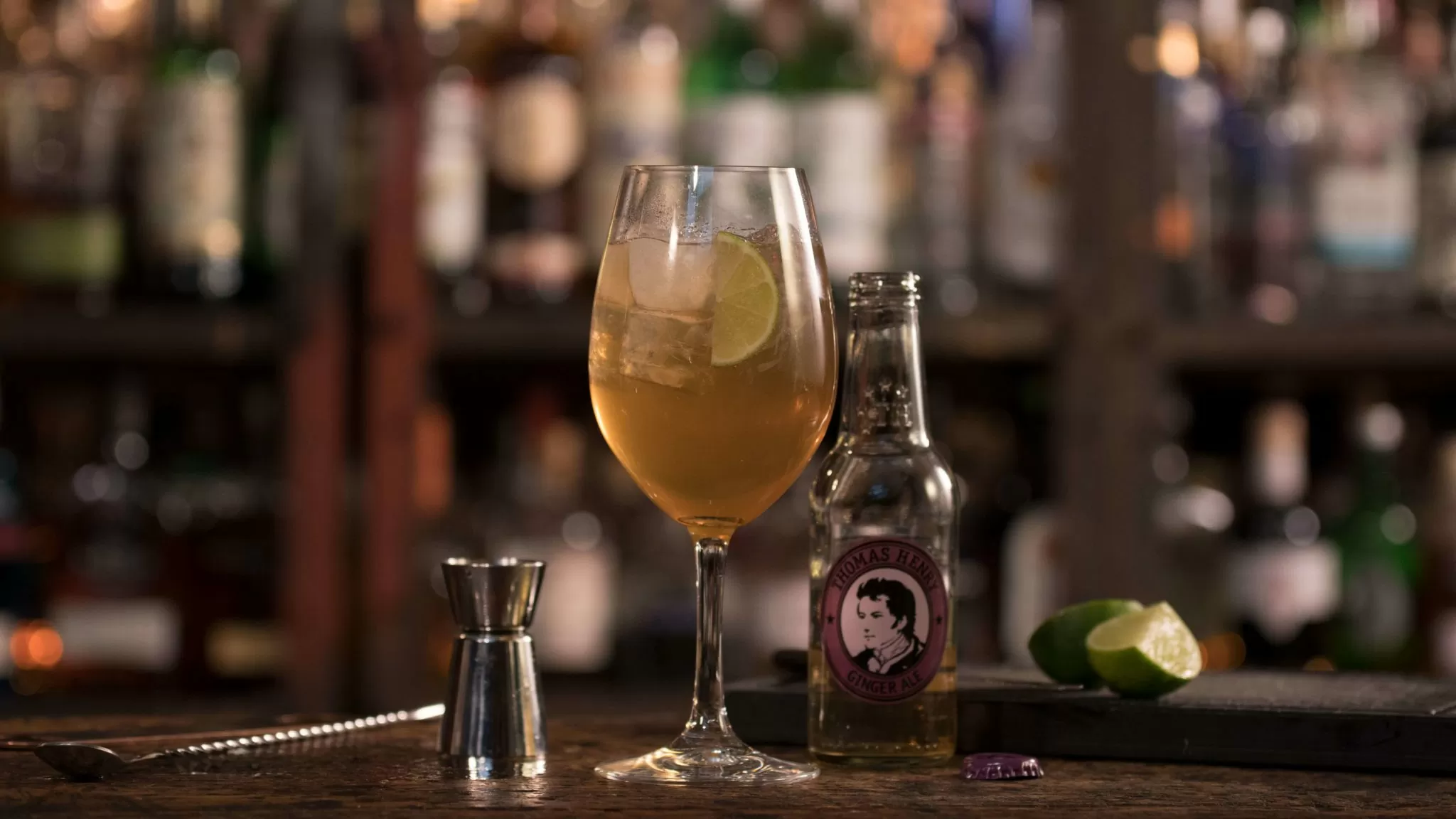The Wheel of Spirits: Episode Pisco
Pisco is often still one of the most underrated spirits in bars on our latitude. But here, too, the penny is finally dropping, especially in combination with Peruvian food and the specialists in the bars who know precisely what they love about pisco! Where exactly does pisco actually come from? How is it produced? And why are not all piscos alike? Let’s take a closer look!
When we talk about pisco, we are automatically also talking about Chile and Peru, because pisco is the national drink of both countries!
At the time of Spanish colonisation, any alcohol intended for export had to be shipped via the port city of Pisco for tax reasons.
This applied to both Peruvian and Chilean products, which led to both becoming known as pisco.
Although both are grape distillates, i.e. brandy and not, as often incorrectly assumed, marc, Chilean and Peruvian pisco vary considerably and are actually two completely different spirits.
For the production of Peruvian pisco, a grape mash is prepared, filtered and fermented. Adding sugar to the mash is not permitted.
The must created may then be distilled only once – into pisco that has to have an ABV percentage between 38 and 48! Subsequent dilution of the strength with water is forbidden, as are adding aromas, and storage in wooden barrels. Peruvian pisco is divided into three categories:
‘pisco puro’ (version made with one grape variety), ‘pisco acholado’ (a blend, either of the mash prior to distillation or of the distillates thereafter) and the aromatically intense ‘mosto verde’ (fresh must, the fermentation of which is interrupted).
The rules for Chilean pisco are different.
Adding sulphur, yeast and sugar to the must is allowed, the distillates are often double-distilled and can be diluted with water, and Chilean pisco can mature in wooden barrels for up to a year thereafter. Its colour is often correspondingly darker. There are four categories, separated by alcoholic volume: ‘Regular’ (30–35% ABV), ‘Special’ (35–40% ABV), ‘Reserve’ (40–43% ABV) and ‘Grand Pisco’ (43% ABV and above).
To allow you to get to know pisco a bit better, we have prepared three drinks for you, which we will present in the coming weeks: The PiSaKu with Cherry Blossom Tonic, the Pisco Descanso with Ultimate Grapefruit (new product since 2020: Thomas Henry Pink Grapefruit) and El Demonio with Ginger Ale.
I hope you enjoyed our little expedition to the Andes and you can now better differentiate between your piscos!
Salut – see you soon! Cheers!
Texted by Philipp Mogwitz.



